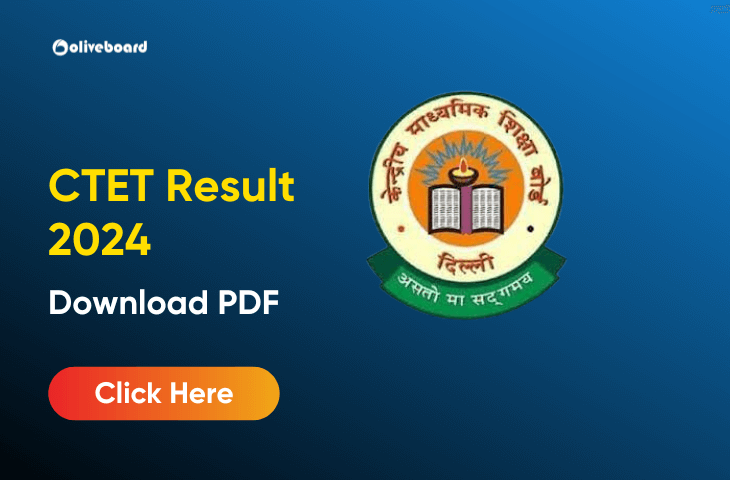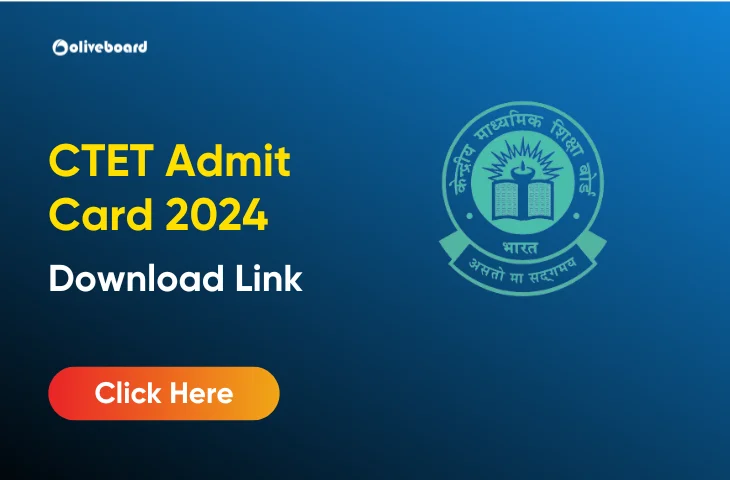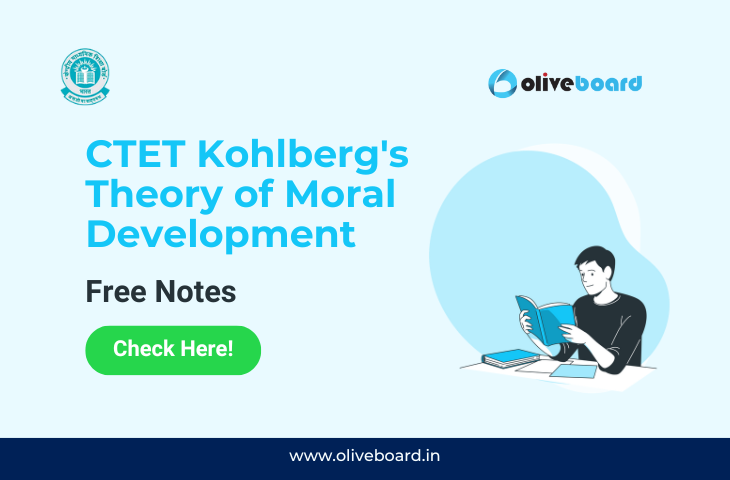CTET Kohlberg’s Theory of Moral Development
CTET Kohlberg’s Theory of Moral Development: CBSE has released the notification for CTET 2023. Candidates preparing for the exam will have a fair idea of the topics they need to study. One such important topic is Kohlberg’s Theory of Moral Development. This comes under Child Development and Pedagogy. Questions on this theory have been asked in previous years. Read on to get a deeper understanding of the theory and its various stages.
What is Kohlberg’s Theory of Moral Development?
Lawrence Kohlberg was an American psychologist, best known for his theory on children’s moral development. His theories drew inspiration from Piaget’s Cognitive Development Theory. Kohlberg believed that like cognitive development, moral development to goes through stages. He used the idea of moral dilemmas to teach boys aged 10 to 16 about values and morality. The most popular of the moral dilemmas that Kohlberg formed is the ‘Heinz’ dilemma, which talks about the idea of saving a life versus abiding by the law. He stressed that it is in this way that an individual thinks rationally about a dilemma, which ascertains positive moral development.
Kohlberg’s Theory of Moral Development – Stages of Development
Kohlberg identified three phases or levels of moral reasoning – Post-conventional, Conventional, and Pre-conventional. Each of the levels is linked with complex moral development stages.
Kohlberg’s Theory of Moral Development – Pre-Conventional Stage
During this phase, the child’s moral sense is highly controlled. Kids accept the rules set by an authoritarian figure, such as a teacher or a parent. A child who has pre-conventional morality is yet to adopt or internalize society’s conventions regarding right and wrong. Instead, it focuses on external consequences brought on by certain actions.
- Stage One: Punishment-Obedience Orientation
The first stage is mainly the child’s desire to abide by certain norms and avoid punishment. For example – we perceive an action as morally wrong when we see the offender receiving punishment. The worse the punishment, the more ‘bad’ the action seems to be.
- Stage Two: Instrumental Orientation
This stage expresses the ‘what’s in it for me?’ position, where the appropriate behavior is defined by whatever the person believes is in his/her best interest. In this stage, reasoning shows limited interest in others’ needs, to the extent that it might stimulate the person’s own interests. For example – when a parent asks a child to do a chore, the child may ask ‘what’s in store for him/her’ – to which the parent will likely offer an incentive by providing him/her with an allowance.
Kohlberg’s Theory of Moral Development – Conventional Stage
Throughout the second stage, the child’s moral sense is tied to societal and personal relationships. Kids continue to follow the rules set by an authoritarian figure, but it is only due to the belief that following rules is important to ensure societal order and positive relationships. In stage 2, adherence to conventions and rules is rigid, and the fairness or appropriateness of a rule is questioned seldom.
- Stage Three: Nice Girl, Good Boy Orientation
Children in this stage seek others’ approval and behave in specific ways to avoid disapproval. Much emphasis is put on people behaving nicely to others and on good behavior.
- Stage Four: Order and Law Orientation
The child accepts convention and rules blindly due to their significance in maintaining a functional society. The rules are the same for all, and abiding by the rules as one is supposed to be doing is considered important and valuable. If an individual violates the law, others are likely to do the same – thus, there exists a duty and obligation to uphold rules and laws.
Kohlberg’s Theory of Moral Development – Post-conventional Stage
Here, more abstract values and principles define the moral sense of the individual. People believe some laws to be unjust and that these should undergo modifications or elimination. This phase is marked by an increasing realization that people and society are two separate entities. There is also the realization that people may not obey rules that are inconsistent with their principles. Moralists in the Post-conventional phase live by their own ethics that include fundamental human rights, like justice, liberty, and life.
- Stage Five: Contract-Social Orientation
We view the world as holding various values, rights, and opinions. These perspectives should be given due respect as mutually unique to every community or person. People should modify values that do not contribute to the overall welfare of people in a way that benefits society.
- Stage Six: Ethical-Universal Principle Orientation
In this stage, moral reasoning depends on abstract reasoning with the use of an ethical universal principle. Usually, rather than concrete, the selected principles are abstract and focus on specific ideas, like respect, dignity, and equality. People select the ethics that they wish to follow. Failing to do so invokes a feeling of guilt in them. Thus, individuals act in ways that are morally correct, are in their best interests, society expects of them, and are legal.
Kohlberg’s Theory of Moral Development – Criticism
Kohlberg’s theory has many criticisms. One of these is that although the theory concerns moral thinking, the difference between an individual’s actions and knowing what they should do is vast. Therefore, moral reasoning may not always lead to moral behavior.
Moreover, critics have pointed out that the theory puts too much emphasis on justice when making moral choices. Certain factors, like caring, compassion, and other interpersonal feelings can play a vital role in moral reasoning.
CTET Kohlberg’s Theory of Moral Development – Conclusion
Kohlberg’s theory of moral development outlines three levels of moral reasoning that individuals go through as they develop. Teachers can use this theory to create opportunities for moral development in students and foster ethical behavior. By understanding the stages of moral development, teachers can promote a positive learning experience and support the development of responsible and ethical citizens.
Frequently Asked Questions
A1. A framework that outlines the stages of moral development individuals go through as they mature.
A2. Three levels – pre-conventional, conventional, and post-conventional.
The first stage. The child’s moral reasoning is based on avoiding punishment and gaining rewards.
A4. The second stage, where the child’s moral reasoning is based on social norms and approval.
A5. The third stage, where the child’s moral reasoning is based on individual principles and values.
- CTET Result 2024 Out, Direct Download Link

- CTET Admit Card 2024 Out, Direct Download Link

- CTET Syllabus 2024 & Exam Pattern For Paper 1 and 2, Download PDF

- CTET Cut Off 2024, Check Minimum Qualifying Marks

- CTET 2024 Question Papers 1 and 2, Direct Download PDF Link

- CTET Paper Leak 2024, Will CBSE Cancel the CTET 2024 Exam?

Hi, I’m Tripti, a senior content writer at Oliveboard, where I manage blog content along with community engagement across platforms like Telegram and WhatsApp. With 3 years of experience in content and SEO optimization, I have led content for popular exams like SSC, Banking, Railways, and State Exams.
